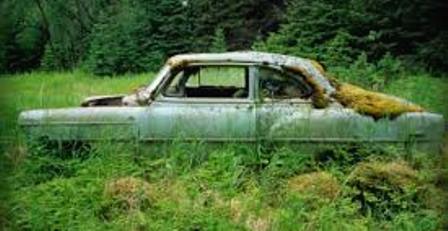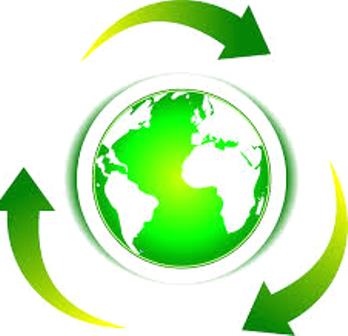Crash Avoidance Technology, Auto Scrap Impact
Crash Avoidance Technology, Auto Scrap Impact
A new proposal could adversely impact the auto scrap and auto recycling business. What if the percentage of vehicle collisions and accidents were prevented from occurring? Could the auto scrap industry begin to see diminishing opportunity to accumulate inventory of scrap cars and wrecked vehicles? If the number of auto collisions and accidents were reduced by 20%, the auto recycling industry, particularly buyers of junk vehicles, would not have access to as many scrap cars and wrecked vehicles. An article by Mark Henricks in the May 2014 edition of American Recycler News looks into the potential impact in the auto scrap industry if new collision prevention technology was implemented and was effective. “A large decrease in the number of automobile accidents is what federal safety regulators are forecasting, thanks to anticipated requirements for high-tech crash avoidance systems. The federal Department of Transportation (DOT) recently announced it would pursue a plan to require vehicle makers to install devices that will let cars communicate with each other. The technology could prevent up to 80 percent of wrecks. That would mean 4.5 million fewer potential customers for body replacement and other items damaged in collisions. The major decline will be caused by vehicle-to-vehicle (V2V) technologies.”
The auto scrap industry and auto recycling market will likely not recognize a decrease in available scrap cars or wrecked vehicles anytime soon. When have government projections ever been accurate? How often do government initiatives come close to reaching their goals? The answer is almost never. Buyers of junk vehicles will not likely recognize an impact as a result of V2V technology for many reasons including the following:
- How much money in research and development are auto manufacturers actually going to allocate for this technology? They are in business to boost profit and is V2V technology appealing enough to impact buyer behavior?
- If V2V technology development, implementation and installation increase the overall costs in producing a vehicle, manufacturers will likely reduce quality and durability elsewhere in vehicle production to off-set these new additional costs that they are required to meet.
- It sounds too good to be true. Can a piece of technology actually reduce accidents by up to 80%? The dynamics and various factors that have an effect on traffic on our roadways such as weather conditions, speeds, potholes, inclines and declines is a lot to consider for even the “smartest” technology.
To summarize, I foresee a greater threat to the auto scrap market and auto recycling world being if 10-12% of the population chose to no longer use a vehicle on a daily basis. If 10% of drivers began using public transportation, mass transit, bicycling, vehicle “sharing” and upstart taxi-type startups such as Uber, the number of vehicles available overall would significantly diminish. To buyers of junk vehicles and wrecked vehicles, the impact would be negative. The auto scrap forecast, or outlook for the future of auto recycling is so complex that I am hard-pressed to see many technological advances that would reduce the volume of scrap cars in the market. Considering that vehicles are produced using valuable metals also has a stabilizing effect on the industry of auto scrap and demand for auto recycling. Humans are the operators of vehicles and inherently make mistakes, so there should be plenty of wrecked vehicles and scrap cars available to buyers of junk vehicles.






